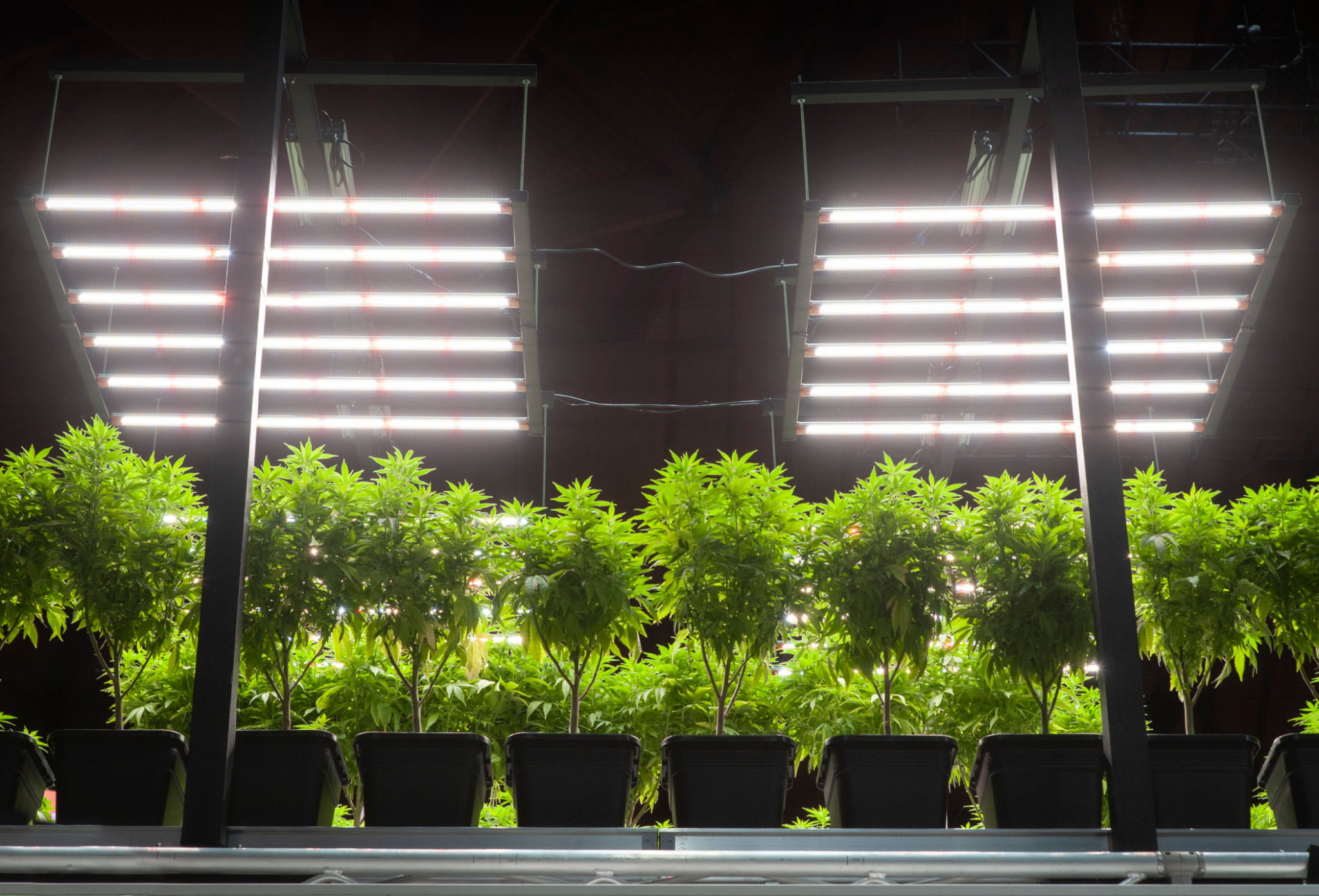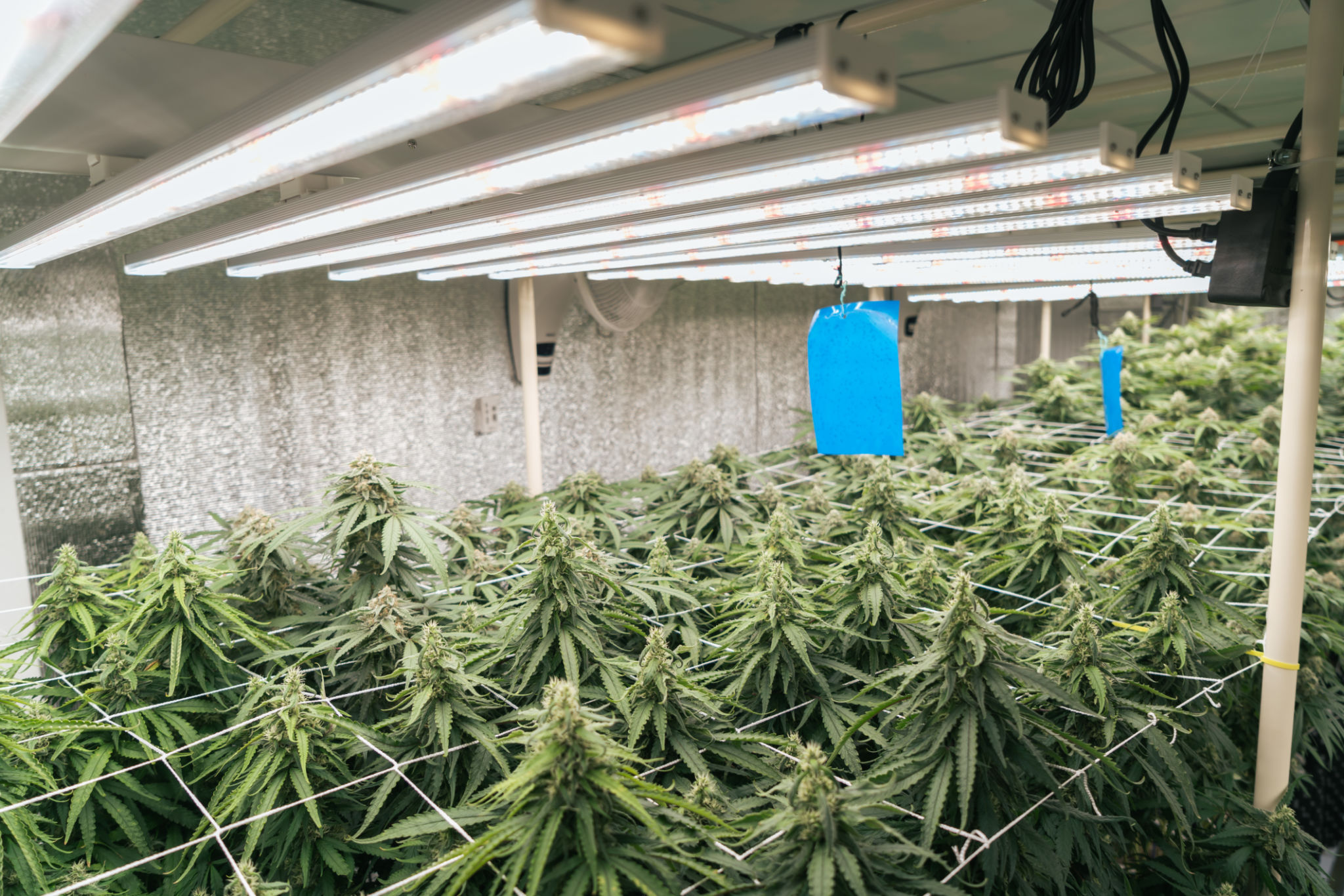Indoor vs. Outdoor Cannabis Cultivation: Which is Right for You?
Understanding Indoor Cannabis Cultivation
Indoor cannabis cultivation refers to growing cannabis plants inside a controlled environment, such as a greenhouse or grow room. This method allows growers to have precise control over the growing conditions, including temperature, humidity, and light cycles. By manipulating these factors, cultivators can optimize plant growth and maximize yields.

One of the primary advantages of indoor cultivation is the ability to grow year-round, regardless of the external climate. This consistent environment helps in producing uniform crops with predictable outcomes. However, it also requires significant investment in equipment and energy consumption, which can increase operational costs.
Key Benefits of Indoor Growing
Indoor cultivation offers several benefits that attract growers looking for quality and consistency:
- Environmental Control: Growers can manipulate light, temperature, and humidity to create optimal growing conditions.
- Pest and Disease Management: With a controlled environment, the risk of pest infestations and diseases is significantly reduced.
- Quality Consistency: The ability to replicate conditions means more consistent product quality.
Exploring Outdoor Cannabis Cultivation
Outdoor cannabis cultivation involves growing plants in natural settings exposed to sunlight, rain, and wind. This traditional method relies on the plant's adaptability to its environment and is generally more cost-effective than indoor growing. The use of natural resources can result in lower overhead costs for water and electricity.

While outdoor cultivation can be economically advantageous, it presents challenges such as unpredictable weather patterns and potential pest issues. However, many growers appreciate the natural aspects of this method and the unique flavor profile outdoor-grown cannabis can develop.
Advantages of Outdoor Growing
Choosing outdoor cultivation comes with its own set of benefits:
- Cost-Effective: Utilizing natural sunlight and rain reduces the need for artificial lighting and irrigation systems.
- Sustainability: Outdoor grows tend to have a smaller carbon footprint due to less reliance on energy-intensive equipment.
- Larger Yields: When conditions are optimal, outdoor plants often grow larger and produce more significant yields than indoor counterparts.
Making the Right Choice for Your Cultivation Needs
The decision between indoor and outdoor cannabis cultivation ultimately depends on your specific goals, resources, and environmental conditions. If control over the growing environment and product consistency are your top priorities, investing in an indoor setup may be the best choice. However, if you are looking for a more sustainable and cost-effective approach that leverages natural elements, outdoor cultivation might be more suitable.

Consider factors such as local climate, budget constraints, and desired product characteristics when making your decision. By weighing these elements carefully, you can select the cultivation method that aligns with your objectives and resources.
Conclusion: Personal Preferences and Goals
Both indoor and outdoor cannabis cultivation offer unique advantages and challenges. Understanding these can help you make informed decisions that align with your personal preferences and business goals. Whether you favor the precision of indoor growing or the natural benefits of outdoor farming, each method provides opportunities for successful cannabis production.
